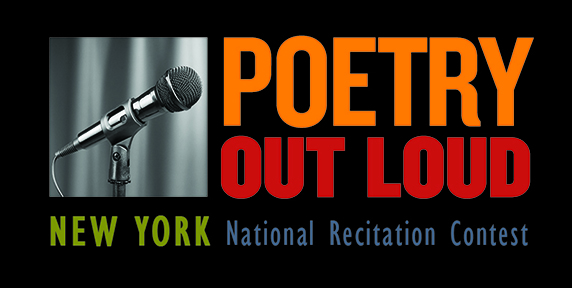In this lesson, T&W teaching artist Jane LeCroy explores tone and self-expression with students. Using the poetry of Walt Whitman, John Berryman, and Yusef Komunyakaa as models, students explore their own attitude about life, and then use what they have learned as a starting point to write their own poems.
Lesson Overview
Genre: Poetry
Grade: 11th
Download: Tone and Attitude in Poetry
Common Core State Standard:
- ELA-Literacy.W.11-12.2.D
Use precise language, domain-specific vocabulary, and techniques such as metaphor, simile, and analogy to manage the complexity of the topic.
Lesson Objectives:
Students will:
- Reflect on the use of tone in literature
- Read poetry by Walt Whitman, John Berryman, and Yusef Komunyakaa
Guiding Questions:
- What is tone?
- How do the words we choose convey our emotions?
- How do description and imagery create the attitude of a piece of writing?
Notes on Tone:
Tone is defined as the general character or attitude of a place, piece of writing, situation, etc. Tone may be formal, informal, intimate, solemn, somber, playful, serious, ironic, condescending, or many other possible attitudes. Works of literature are often conceptualized as having at least one theme, or central question about a topic; and how the theme is approached within the work constitutes the work’s tone.
Authors set a tone in literature by conveying emotions/feelings through words. The way a person feels about an idea/concept, event, or another person can be quickly determined through facial expressions, gestures, and the tone of voice used. In literature, an author sets the tone through words. Using imagery in a poem is helpful to develop a poem’s tone, this conveys any human emotion.
LESSON
Warm-Up (5 minutes):
- Ask students to generate two lists. The first should be a list of 10 things which they consider to be “miracles” and the second list should contain 10 things they consider “boredoms.” The miracles list should capture things that excite and amaze the student (e.g., sun, summer, coffee, Xbox, rollercoasters). The boredoms should capture things that fill the student with dread (e.g., homework, washing dishes). Let students know that both little and big miracles/boredoms are welcome and they could put seemingly inconsequential things on their lists.
- After the lists are complete, take a poll of which students thought coming up with miracles was easier and those who found listing boredoms easier.
Mentor Text and Discussion (20 minutes):
- First, read aloud the first two model poems on the handout, “Miracles” by Walt Whitman and “Dream Song 14” by John Berryman. Discuss how one poem is negative and one is positive, and the language that conveys those attitudes. Ask students to identify the words and images that make the poem positive in attitude or negative in attitude. Ask students which poet their own attitude on life aligns with best.
- Next, read “Slam, Dunk, & Hook” by Yusef Komunyakaa. Have students identify the tone and give supporting examples of images and words that conveyed the tone.
Writing (15 minutes)
- Invite students to write a poem about their attitude on the way they see life and the universe. Ask: Does life excite you? Is it full of wonder and beauty? Does life bore you and frustrate you? Do you feel that life is full of pain? Invite students to use their miracles and boredom lists to create details and images that convey feeling, OR choose one thing from each list and write a poem about it, creating the tone that conveys your emotions through the words, details and imagery you use.
Closing (5 minutes):
Invite students to share their poems with the class.
Materials Needed/Set Up:
Multi-modal Approaches to Learning: Interpersonal, Intrapersonal, Verbal-Linguistic
Suggested Continuation Practice for Classroom Teacher: Incorporate conscious awareness of tone during class discussions about work students read. Ask students to identify the tone of the piece and provide text evidence for their reasoning.
Jane LeCroy works as a poetry teacher in New York City schools through Teachers & Writers, and also teaches at a home school collective, and as an adjunct professor at Eugene Lang College. She is a singer/poet who records, performs regularly and tours with her main project, the avant-garde TRANSMITTING. You can find out more about her and her work at www.JaneLeCroy.com



